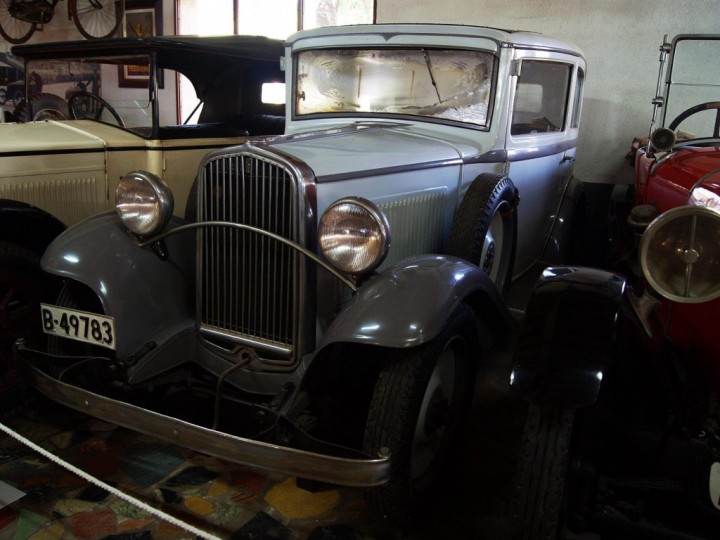1932 Fiat 508
The 508 Balilla was a car introduced by Fiat in 1932. It effectively replaced the Fiat 509, although production of the earlier model had ceased back in 1929. It had a three-speed transmission (increased to four in 1934), seated four, and had a top speed of about 50 mph (80 km/h). It sold for 10,800 lire (or 8,300 2005 euro). About 113,000 were produced.
The car was also assembled by Walter Motors a.s. in Czechoslovakia, in the Centralne Warsztaty Samochodowe factory in Poland, by NSU-Fiat in Germany and by "SAFAF" (rebranded in 1934 as "Simca-Fiat") in France.
The car was developed by some of the leading Italian automotive engineers of the day, including Nebbia, Fessia, Giacosa and Tranquillo Zerbi. The goal was to incorporate some of the qualities of a high class automobile into a modestly priced vehicle. The car had its unveiling on 12 April 1932 at a motor show being held on the Fiera Milano trade fair site.
The first 508 came with a front mounted four cylinder petrol/gasline side-valve engine of 995cc. Maximum power was listed as 20 hp (15 kW) at 3500 rpm, providing for a top speed of approximately 80 km/h (50 mph). Power passed to the rear wheels through a 3-speed manual gear box without the assistance of synchromesh on any of the ratios. Stopping power was provided by drum brakes on all four wheels.
The car was also assembled by Walter Motors a.s. in Czechoslovakia, in the Centralne Warsztaty Samochodowe factory in Poland, by NSU-Fiat in Germany and by "SAFAF" (rebranded in 1934 as "Simca-Fiat") in France.
The car was developed by some of the leading Italian automotive engineers of the day, including Nebbia, Fessia, Giacosa and Tranquillo Zerbi. The goal was to incorporate some of the qualities of a high class automobile into a modestly priced vehicle. The car had its unveiling on 12 April 1932 at a motor show being held on the Fiera Milano trade fair site.
The first 508 came with a front mounted four cylinder petrol/gasline side-valve engine of 995cc. Maximum power was listed as 20 hp (15 kW) at 3500 rpm, providing for a top speed of approximately 80 km/h (50 mph). Power passed to the rear wheels through a 3-speed manual gear box without the assistance of synchromesh on any of the ratios. Stopping power was provided by drum brakes on all four wheels.








